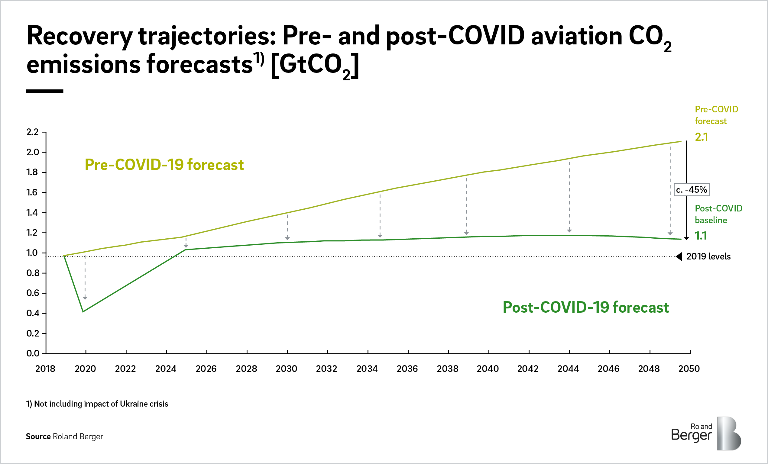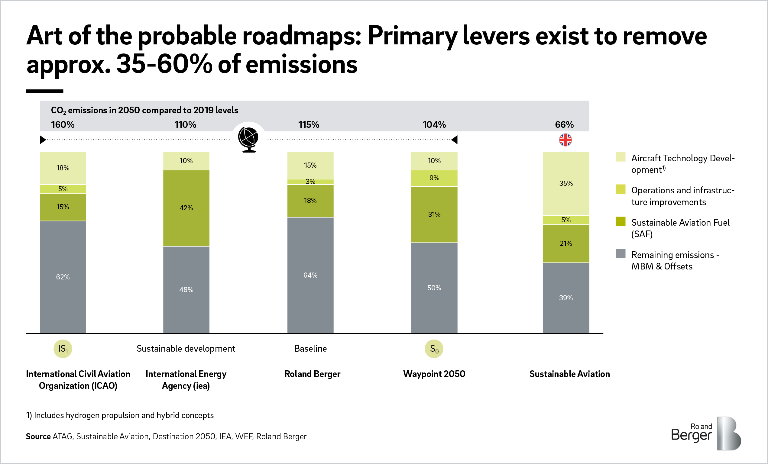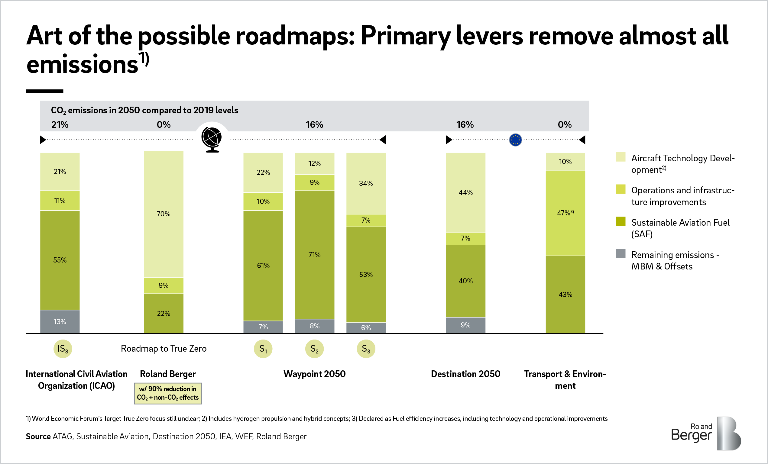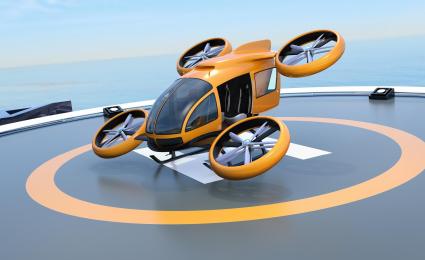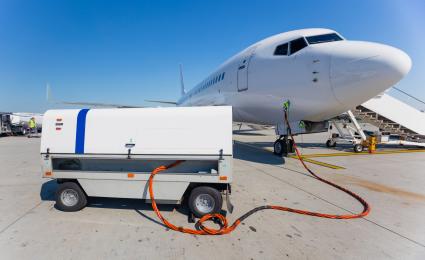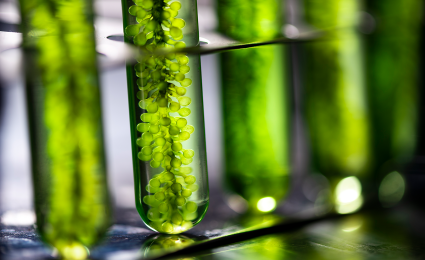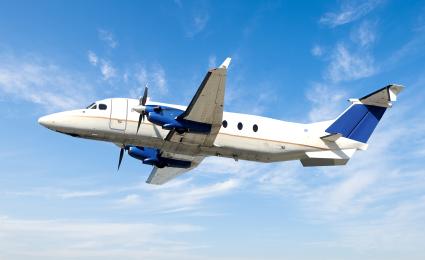Learn more about the recent developments in the Advanced Air Mobility industry, including the newest investment and aircraft order overview.


Aviation emissions reduction roadmaps assessed and compared
Do the published pathways to greener skies have wings or are they just a load of hot air?
Today's aviation industry is responsible for 2-3% of human induced CO2 emissions, but unlike many other sectors, aviation does not currently have a technological solution to decarbonize. Several organizations, from UN agencies to industry bodies, have published emissions reduction roadmaps in an attempt to tackle the problem. Here we deconstruct the roadmaps, focusing on the levers they intend to utilize and their potential impact. We also look at the often-overlooked problem of non-CO2 emissions.
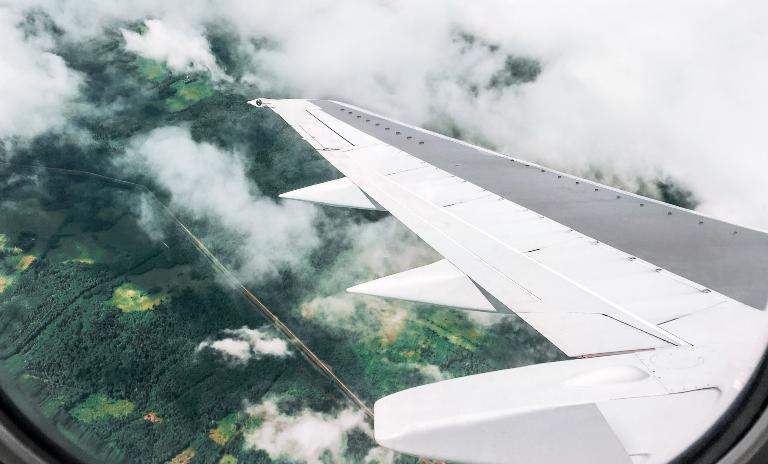
"In general, the roadmaps promote the same primary decarbonization levers. However, each takes a different view on future technologies, fuels and markets, and applies the levers to different degrees."
The coronavirus pandemic battered the global aviation industry. Travel restrictions left aircraft grounded, passengers stayed away and production ceased. But as we enter the third pandemic summer and the worst appears to be over, demand is returning and a recovery appears to be underway.
A silver lining of the crisis, however, has been lower aviation emissions. The forced break gave the industry and regulators time to take stock of aviation’s sustainability challenges (it contributed 2-3% of all human-induced CO2 emissions in 2019) and plan for a greener future. The result has been the publication of several sustainability roadmaps, some outlining ways to limit future greenhouse gas (GHG) emissions and others plotting a path to net zero. Here we assess the roadmaps, paying particular attention to the levers they intend to use and how effective these are likely to be.
Pathways to a greener future?
Global aviation CO2 emissions plunged during the pandemic. Today, they remain well below Roland Berger’s pre-Covid forecast, despite the tentative post-Covid recovery. Emissions are expected to rebound further until about 2040, but only to a level that is still far short of pre-Covid predictions. The industry’s efforts to decarbonize, using levers such as sustainable aviation fuels (SAFs) and hydrogen, are key factors in this. This still means significant emissions remain, however.
The assumed effects of radiative forcing from non-CO2 GHG emissions are even more significant. Like carbon, non-CO2 effects such as NOx and contrails contribute to atmospheric warming, so must be removed to achieve “True Zero” emissions. Although still poorly understood, the latest research suggests the total radiative forcing impact due to aviation, considering both CO2 and non-CO2 effects, could be three times that of carbon.
The roadmaps, produced by industry groups, regulatory bodies and third parties, aim to address the industry’s emissions problem. They tend to focus almost entirely on decarbonization, usually citing a lack of hard evidence on the reduction of non-CO2 emissions as the reason for their omission. Below is a brief description of the roadmaps we assessed.
"The roadmaps can be split into two categories, based on the effort required to implement them – and indeed the belief systems underlying them: ‘art of the probable’ and ‘art of the possible."
In general, the roadmaps promote the same primary decarbonization levers: operational and infrastructure improvements; development of aircraft technology (electric, hydrogen powered etc.); uptake of SAFs; and the use of market-based measures (offsetting, emissions trading etc.). However, each takes a different view on future technologies, fuels and markets, and applies the levers to different degrees.
The roadmaps can be split into two categories, based on the effort required to implement them – and indeed the belief systems underlying them. The first are ‘art of the probable’ roadmaps, which present realistic pathways to significantly reduce aviation emissions. These focus on market-based measures and offsetting. The second are ‘art of the possible’ roadmaps. They lay out radical, optimistic strategies that would allow the aviation industry to make a substantial contribution to combating climate change, based largely on SAFs and new technologies. This requires a dramatic ramp up of at least one decarbonization lever.
Implementation of ‘art of the probable’ roadmaps is based on established or consensus expectations, but will still be challenging. ‘Art of the possible’ roadmaps, meanwhile, are more ambitious and uncertain, relying on the timely and successful development of new technologies, making their implementation extremely challenging.
Probable vs. possible
So, will the roadmaps actually make a difference to carbon emissions? In the case of the ‘art of the probable’ category, the roadmaps all lead to a flattening of net CO2 emissions, typically by around 2040. They forecast emissions ranging from 66% to 160% of 2019-level CO2 emissions by 2050. This means that in each case, there are a large amount of unmitigated emissions remaining (between 39% and 64% depending on the roadmap). All of the roadmaps in this category expect that these will have to be addressed through market-based measures and/or offsetting, making them the main decarbonization lever (with SAFs the leading alternative).
The 2050 forecasts of the ‘art of the possible’ roadmaps are much more optimistic. They range between 0% and 21% of 2019-level CO2 emissions. The breakdown of emission reduction levers highlights the important role of SAFs (ICAO, Waypoint 2050) and aircraft technology improvements (Destination 2050, Roland Berger) in achieving these reductions, as well as the limited need for market-based measures or offsetting.
Ultimately, commercial viability is likely to dictate which lever will be most successful. Regulation and mandates can only carry an industry so far, and technological advancements are neither assured nor guaranteed to be viable in such a highly specialized industry. No matter what the levers, all emissions-reduction roadmap publishers need to place far more emphasis on the climate effects of non-CO2 GHGs. These are likely to make a substantial contribution to global warming, and the aviation industry ignores them at its peril.
Register now to receive regular insights into Aerospace & Defense topics.

_person_144.png?v=770441)
